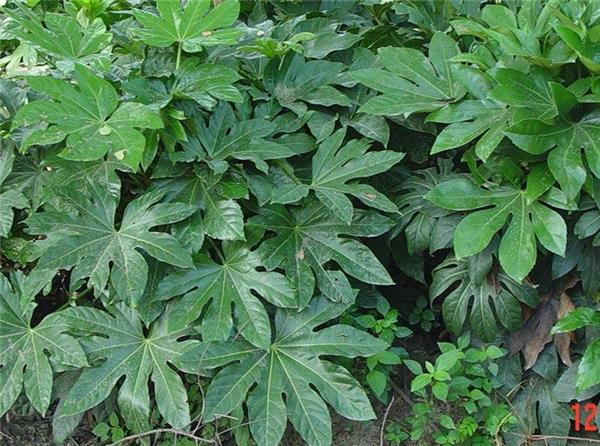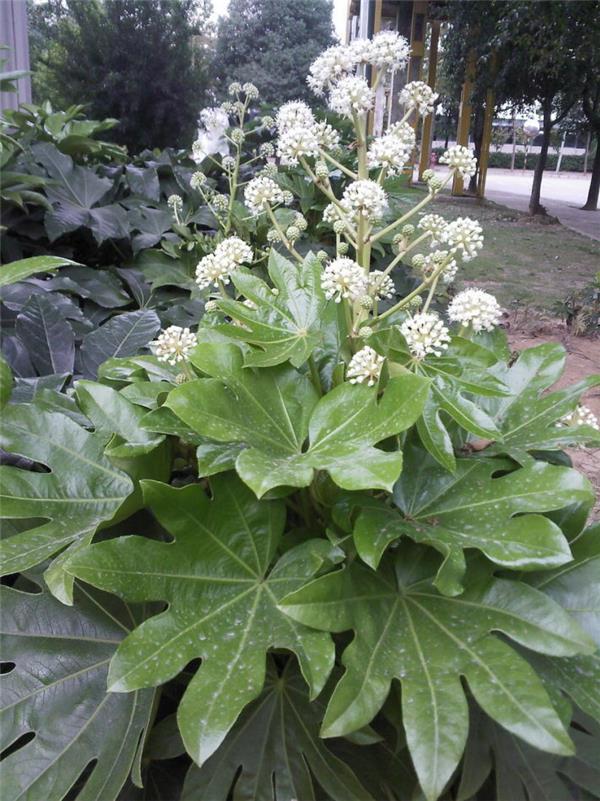How to cultivate star anise gold plate
Star anise gold plate refers to its palmately shaped leaves, about 8 lobed leaves, which seem to have 8 horns. Its leaves are green all the year round, and the leaves are like green palms one by one. It is shade-resistant and is often planted on the edge of a rockery or next to a big tree in the garden. it can also be used as a foliage plant for indoor, hall and venue furnishings.
Star anise Jinpan originated in the mountains off the coast of Japan. It likes the wet and warm ventilated environment, grows luxuriantly on the slightly acidic loam with good drainage and fertile water, and the neutral soil can adapt to it. It is not resistant to drought and slightly afraid of cold, but it has a certain cold tolerance. In general years in the south, there is no obvious freezing injury in winter, and the sprouting power is still strong.

Reproduction: commonly used in cuttings and ramets. The cuttings are planted with twigs in the mildew and rainy season and take root about 1 month after they are inserted, and the potted plants are available for viewing in that year. Ramet propagation is often carried out when changing pots in early spring, and the tiller buds at the base of the mother plant are cut off and planted separately.
Cultivation: the plant grows fast, and the pot needs to be changed every year to supplement fresh and fertile soil. During the growing period from April to October, fertilizing once every two weeks, the plants planted in the pot in midsummer should be maintained or watched in the shade, and attention should be paid to watering in autumn drought. Often spray water on the leaves and keep the basin soil moist. Take precautions against cold in winter.
Diseases and insect pests: common gray gangrenous disease and leaf spot disease. It can be sprayed regularly with Bordeaux liquid or 1000 times of carbendazim wettable powder. Insect pests are harmful to shell insects and are sprayed with 1500 times of 50% fenitrothion EC.
Application: star anise leaves are bright and changeable, so they are important shade-tolerant foliage plants. In addition to indoor potted plants, it is suitable for planting in courtyards, fences, poolsides and bridges.

The above is the star anise gold plate decoration network.
Related
- Wuhan Hospital Iron Tree Blooming Result Was Instantly Frightened by the Gardener Master
- Which variety of camellia is the most fragrant and best? Which one do you like best?
- What is the small blue coat, the breeding methods and matters needing attention of the succulent plant
- Dormancy time and maintenance management of succulent plants during dormancy
- Minas succulent how to raise, Minas succulent plant pictures
- What are the varieties of winter succulent plants
- How to raise succulent plants in twelve rolls? let's take a look at some experience of breeding twelve rolls.
- Attention should be paid to water control for succulent plants during dormant period (winter and summer)
- Watering experience of twelve rolls of succulent plants
- Techniques for fertilizing succulent plants. An article will let you know how to fertilize succulent plants.



